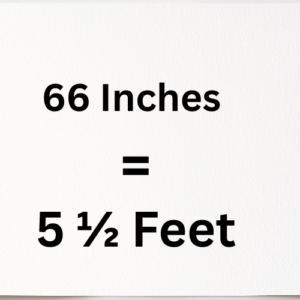The kilogram is a cornerstone of the metric system, defined by the International System of Units (SI) as a unit of mass. Specifically, 20 kilograms (kg) equals 20,000 grams or approximately 44 pounds in the imperial system. This weight is significant yet manageable, often encountered in everyday life, from travel to fitness to household items. Understanding what 20kg represents helps bridge the gap between abstract numbers and tangible objects. This article explores 16 common things that weigh about 20kg, providing detailed descriptions of each to illustrate their relevance in daily life. Additionally, we’ll include conversions, comparisons, and practical contexts to make the concept of 20kg relatable and clear. Below, each section details a specific item or scenario, with at least 150 words to ensure comprehensive coverage.
Converting 20 Kilograms to Other Units
To understand 20kg, it’s useful to convert it into other measurement units. Here’s a breakdown:
- Grams (g): 1 kg = 1,000 g, so 20 kg = 20,000 g.
- Milligrams (mg): 1 g = 1,000 mg, so 20,000 g = 20,000,000 mg.
- Tonnes (t): 1 t = 1,000 kg, so 20 kg = 0.02 t.
- Pounds (lb): 1 kg ≈ 2.20462 lb, so 20 kg ≈ 44.0924 lb.
- Ounces (oz): 1 lb = 16 oz, so 44.0924 lb ≈ 705.4784 oz.
- Stones (st): 1 st = 14 lb, so 44.0924 lb ≈ 3.1495 st.
- Carats (ct): 1 g = 5 ct, so 20,000 g = 100,000 ct.
- Troy Ounces (oz t): 1 kg ≈ 32.1507 oz t, so 20 kg ≈ 643.014 oz t.
Conversion Table
| Unit | Equivalent to 20 kg |
| Grams (g) | 20,000 g |
| Milligrams (mg) | 20,000,000 mg |
| Tonnes (t) | 0.02 t |
| Pounds (lb) | 44.0924 lb |
| Ounces (oz) | 705.4784 oz |
| Stones (st) | 3.1495 st |
| Carats (ct) | 100,000 ct |
| Troy Ounces (oz t) | 643.014 oz t |
16 Common Things That Weigh About 20 Kilograms (kg)
Below are 16 common items or scenarios where the weight is approximately 20kg. Each section provides a detailed description to contextualize the weight and its significance.
A Packed Suitcase

A medium-sized suitcase, fully packed for international travel, often weighs around 20kg. This is a common weight limit for checked luggage on airlines, balancing passenger needs with aircraft capacity. A 20kg suitcase might contain clothing, shoes, toiletries, and souvenirs for a two-week trip. For example, a traveler might pack 10kg of clothes, 5kg of electronics (laptop, chargers), and 5kg of miscellaneous items. Carrying a 20kg suitcase requires moderate effort, often manageable with wheels but heavy when lifted. In airports, this weight is significant for baggage handlers, who must adhere to safety guidelines to avoid injury. The 20kg limit reflects a practical threshold for both travelers and logistics, making it a universal benchmark in the travel industry. Visualizing a suitcase helps ground the concept of 20kg in a familiar context.
Two Car Tires

Two standard car tires typically weigh around 20kg combined, with each tire averaging 10–12kg depending on size and type (e.g., passenger car tires). For instance, a 16-inch tire for a sedan might weigh 11kg, so two tires total approximately 22kg, close to our target. Tires are made of rubber, steel, and fabric, contributing to their weight. In automotive shops, mechanics handle tires of this weight regularly, stacking or mounting them. For car owners, transporting two spare tires in a trunk illustrates the heft of 20kg, as it occupies significant space and requires effort to move. This comparison is relatable for anyone who drives or has visited a tire shop, making 20kg tangible through a common automotive component. The weight also highlights the physical demands of automotive work.
A Medium-Sized Dog

Certain dog breeds, such as Beagles or Cocker Spaniels, weigh around 18–22kg, closely aligning with 20kg. A Beagle, for example, typically weighs 20kg when fully grown, with a sturdy, compact build. This weight feels substantial when lifting a dog, such as when placing it in a car or carrying it to the vet. Pet owners are familiar with this heft, especially during grooming or play. A 20kg dog is active and requires significant food and care, reflecting its mass in daily life. For those without pets, imagining carrying a wriggling, lively animal helps visualize 20kg. This weight also approximates the upper limit for many pet-related products, like crates or carriers, designed to handle dogs of this size. The comparison makes 20kg relatable to animal lovers and pet owners.
A 20kg Bag of Rice

In many countries, rice is sold in 20kg sacks, a standard size for household or small commercial use. A 20kg bag of rice is bulky, often requiring two hands to lift or a cart to transport. In grocery stores or markets, these bags are stacked on pallets, and shoppers might encounter them in bulk sections. For a family, 20kg of rice could last a month or more, depending on consumption. The weight is significant when carrying it home, illustrating the physical effort of 20kg. In agricultural contexts, farmers and distributors handle these bags regularly, making 20kg a practical unit for trade. This example is especially relatable in cultures where rice is a staple, grounding the weight in a common food item that connects to daily sustenance and economic activity.
A Small Child (4–6 Years Old)

A child aged 4–6 years often weighs around 18–22kg, closely matching 20kg. For example, a 5-year-old might weigh exactly 20kg, depending on height and build. Parents are familiar with this weight when carrying their child, such as when they fall asleep or need assistance. Lifting a 20kg child feels substantial but manageable for most adults, though it can become tiring over time. This weight also appears in contexts like car seats or strollers, designed to accommodate children of this size. For those without children, imagining carrying a young child up stairs or across a park conveys the heft of 20kg. This comparison humanizes the weight, making it relatable through a universal experience of caregiving or family life, and highlights its relevance in safety and ergonomics.
A Large Watermelon
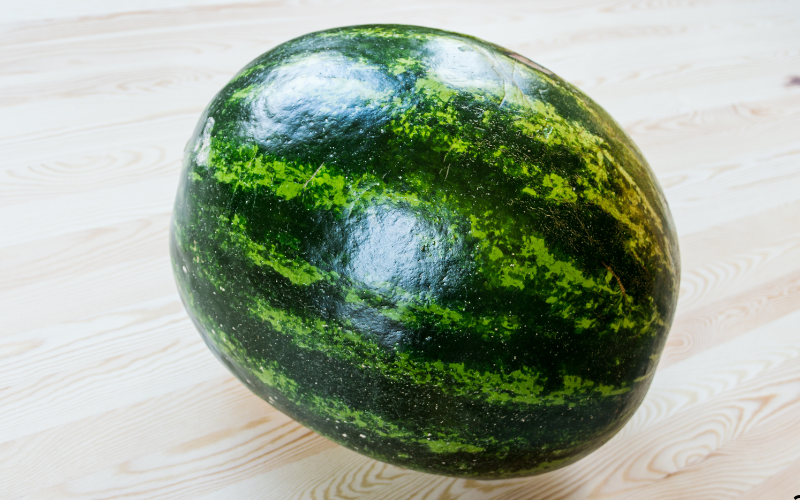
Large watermelons, especially those grown for competitions or in ideal conditions, can weigh around 20kg. A prize-winning watermelon might range from 15–25kg, with some hitting exactly 20kg. This weight is noticeable when carrying the fruit from a market or garden, often requiring both arms. Watermelons are dense due to their high water content, contributing to their mass. In agricultural settings, farmers handle these weights during harvest, and shoppers encounter them in grocery stores. The comparison is relatable because watermelons are a familiar fruit, often associated with summer or family gatherings. Visualizing a 20kg watermelon—roughly the size of a large beach ball—helps convey the bulk and effort required to move it, making 20kg tangible through a natural, edible object.
A Standard Olympic Barbell

In weightlifting, a standard Olympic barbell (without additional plates) weighs exactly 20kg. Used in gyms and competitions worldwide, this barbell is a familiar benchmark for athletes. Its weight feels substantial when lifted, requiring proper technique to avoid strain. For beginners, a 20kg barbell is a starting point for exercises like squats or deadlifts, while advanced lifters add plates for heavier lifts. The bar’s uniform weight makes it a precise example of 20kg, relatable to fitness enthusiasts. In gyms, spotting a barbell on a rack instantly conveys the concept of 20kg. Even for non-lifters, the image of a sleek, metallic bar used in professional sports connects 20kg to strength and discipline, highlighting its role in fitness culture and physical training.
A 20kg Bag of Cement
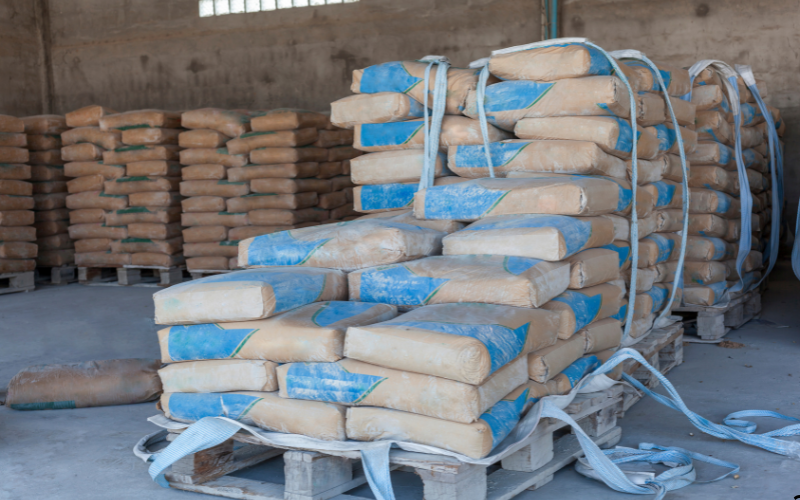
In construction, cement is often sold in 20kg bags, a practical size for small to medium projects. These bags are dense and heavy, requiring careful handling to avoid injury. Builders use them for tasks like mixing concrete or laying bricks, and the 20kg weight is a standard for manual transport on job sites. Carrying a 20kg cement bag feels challenging, especially over distance, illustrating the physicality of construction work. For DIY enthusiasts, purchasing a 20kg bag at a hardware store is a common experience, making this a relatable example. The weight also reflects safety standards, as 20kg is near the limit for safe lifting in many workplaces. This comparison grounds 20kg in a practical, industrial context, familiar to anyone involved in building or renovation.
A Large Backpack (Fully Loaded)
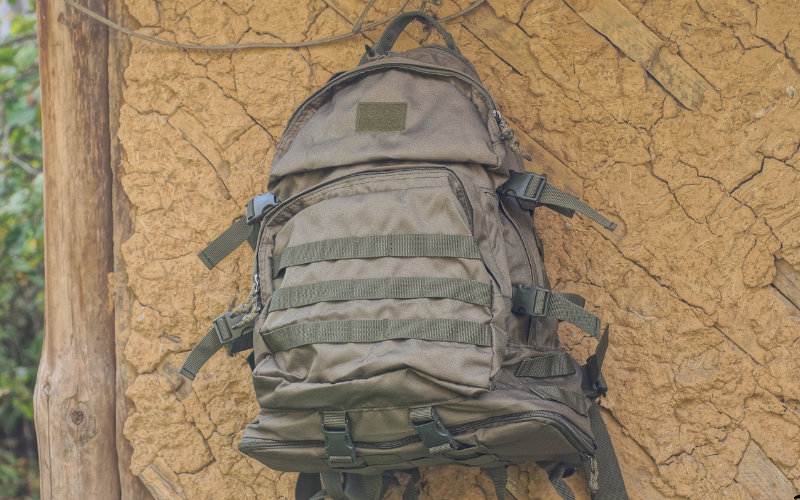
A fully loaded hiking backpack, used for multi-day treks, often weighs around 20kg. This includes gear like a tent, sleeping bag, food, and water. For hikers, carrying 20kg on their back is a significant load, requiring fitness and proper weight distribution. The backpack feels heavy after hours on a trail, illustrating the effort of 20kg in motion. This weight is common in outdoor activities like camping or mountaineering, where adventurers plan meticulously to stay within weight limits. For non-hikers, imagining a stuffed backpack carried across a campus or airport conveys the heft. This example connects 20kg to adventure and endurance, making it relatable to those who enjoy travel or outdoor pursuits, while highlighting the physical challenge of managing this weight.
A Stack of Textbooks

A stack of 10–15 large textbooks, such as those used in college courses, can weigh around 20kg. Each textbook (e.g., for science or law) might weigh 1.5–2kg, so a dozen books total approximately 20kg. Students carrying this load in a backpack feel the weight, especially when walking across campus. In libraries or bookstores, stacking such books on a cart illustrates 20kg in an academic context. This weight is relatable to students, educators, or anyone who has handled heavy books. It also reflects the intellectual “weight” of knowledge, making the comparison engaging. Visualizing a pile of textbooks—perhaps stacked chest-high—helps convey the bulk and effort of 20kg, grounding it in a familiar educational setting.
A 20kg Dumbbell
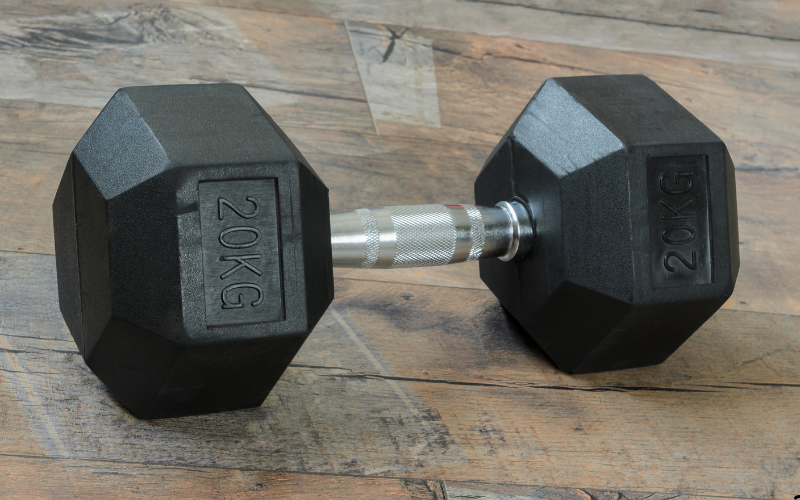
In fitness, a single 20kg dumbbell is a common piece of equipment in gyms. Used for exercises like bicep curls or shoulder presses, it represents a challenging but achievable weight for intermediate lifters. The dumbbell’s compact size belies its heft, requiring grip strength and control to lift. For gym-goers, a 20kg dumbbell is a tangible example of this weight, often used in pairs for balanced workouts. Non-lifters can imagine the effort of picking up a heavy, metallic weight from a rack. This example connects 20kg to fitness and strength training, making it relatable to those pursuing health goals. It also highlights the precision of gym equipment, where 20kg is a standardized weight, instantly recognizable to anyone familiar with weightlifting culture.
A Large Bag of Dog Food

A large bag of dog food, designed for big breeds or long-term use, often weighs 20kg. These bags are common in pet stores, providing enough kibble to feed a dog for weeks. Carrying a 20kg bag from the store to a car or home requires effort, similar to other bulk items like rice or cement. Pet owners are familiar with this weight, as it’s a standard size for feeding large dogs like Labradors or German Shepherds. The bag’s bulk and weight make it a practical example of 20kg, relatable to animal lovers. Visualizing a hefty bag slung over a shoulder or loaded into a cart helps convey the mass, connecting 20kg to pet care and household responsibilities.
A Portable Generator
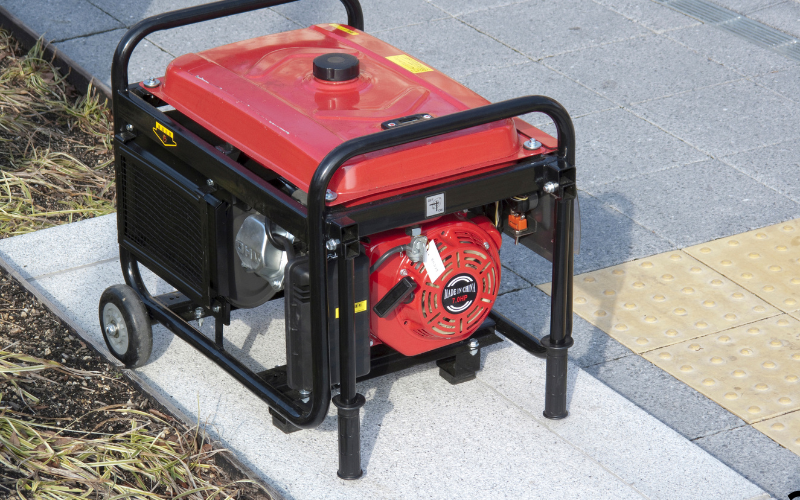
A small portable generator, used for camping or emergency power, often weighs around 20kg. These devices provide electricity for outdoor activities or during outages, with their weight coming from metal components and fuel. Carrying a 20kg generator to a campsite or setting it up at home requires effort, often needing two hands. This weight is relatable to campers, homeowners, or anyone preparing for emergencies. The generator’s compact yet heavy design makes it a practical example of 20kg, illustrating its role in providing power. Visualizing a boxy, metallic device with a handle helps convey the heft, connecting 20kg to outdoor adventures and practical technology in everyday life.
A 20-Liter Water Container
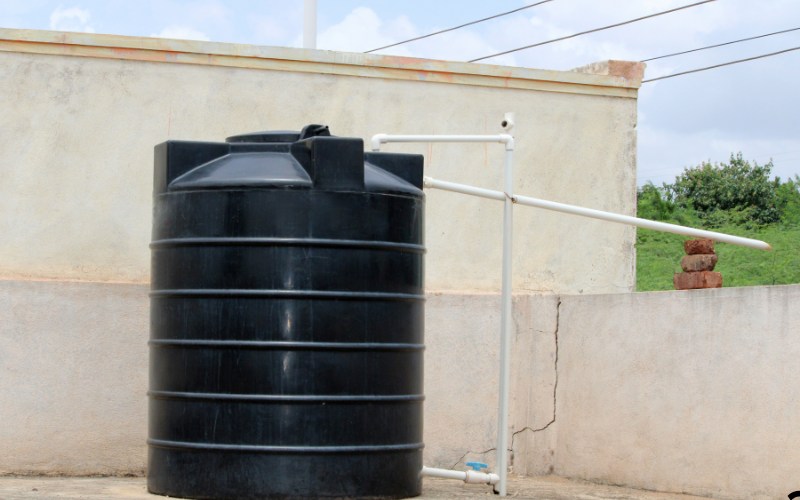
A 20-liter container of water weighs approximately 20kg, as 1 liter of water equals 1kg under standard conditions. These containers are used in households, offices, or disaster relief for drinking water storage. Lifting a 20kg water jug is challenging due to its bulk and liquid movement, often requiring careful handling. In regions with limited water access, such containers are vital, and their weight is a familiar burden. For urban dwellers, imagining a large water cooler jug helps visualize 20kg. This example is relatable globally, as water is a universal need, and the weight ties directly to a measurable volume, making 20kg tangible through a life-sustaining resource.
A Sack of Potatoes

A 20kg sack of potatoes is a standard size in agricultural markets and grocery stores. Potatoes are dense, and a sack this size might contain 40–50 medium potatoes, enough to feed a family for weeks. Carrying the sack requires strength, especially when loading it into a vehicle or storage. Farmers and vendors handle these weights regularly, making 20kg a practical unit in agriculture. For shoppers, the image of a burlap or plastic sack bulging with potatoes is relatable, grounding 20kg in food and sustenance. This example connects to cooking, farming, and markets, illustrating the weight through a staple crop that’s familiar worldwide.
A Weighted Vest

In fitness, a weighted vest used for training often weighs 20kg. These vests are worn during exercises like running or bodyweight workouts to increase resistance. The 20kg vest feels heavy, challenging the wearer’s endurance and strength. Athletes use it to build muscle or prepare for competitions, while casual fitness enthusiasts might encounter it in CrossFit or bootcamp classes. The vest’s adjustable design, with metal weights or sandbags, makes it a precise example of 20kg. Visualizing a snug, heavy vest worn during a workout conveys the effort required, making this weight relatable to those pursuing fitness goals. It connects 20kg to health, discipline, and physical challenge.
Practical Implications of 20 Kilograms
Human Capability
Lifting 20kg is manageable for most healthy adults but requires proper technique to avoid strain. In workplaces, 20kg is often the maximum for safe manual handling, per guidelines like OSHA.
Safety Considerations
Improperly lifting 20kg can cause back or muscle injuries. In industries, equipment like carts or dollies is used to move 20kg loads safely, reflecting ergonomic standards.
Economic Impact
In shipping, 20kg is a common threshold for courier pricing. In bulk purchases (e.g., rice, cement), 20kg offers cost savings, making it a practical size for consumers and businesses.
Read Also: 10 Common Things That Are 52 Inches Tall
Conclusion
The question “How much is 20kg?” is answered vividly through these 16 common items, from suitcases to watermelons to barbells. Each example illustrates the weight’s significance in daily life, spanning travel, fitness, agriculture, and more. By exploring conversions, comparisons, and contexts, we’ve made 20kg tangible and relatable, showing its universal presence in human activities. Whether you’re lifting a dog, carrying rice, or training with a weighted vest, 20kg is a weight that shapes our interactions with the world, balancing practicality with physical effort.
Convert Inches to Meters, cm, mm, and Feet
Converted Values:
Meters (m): 1.016
Centimeters (cm): 101.60
Millimeters (mm): 1016.00
Feet (ft): 3.33





